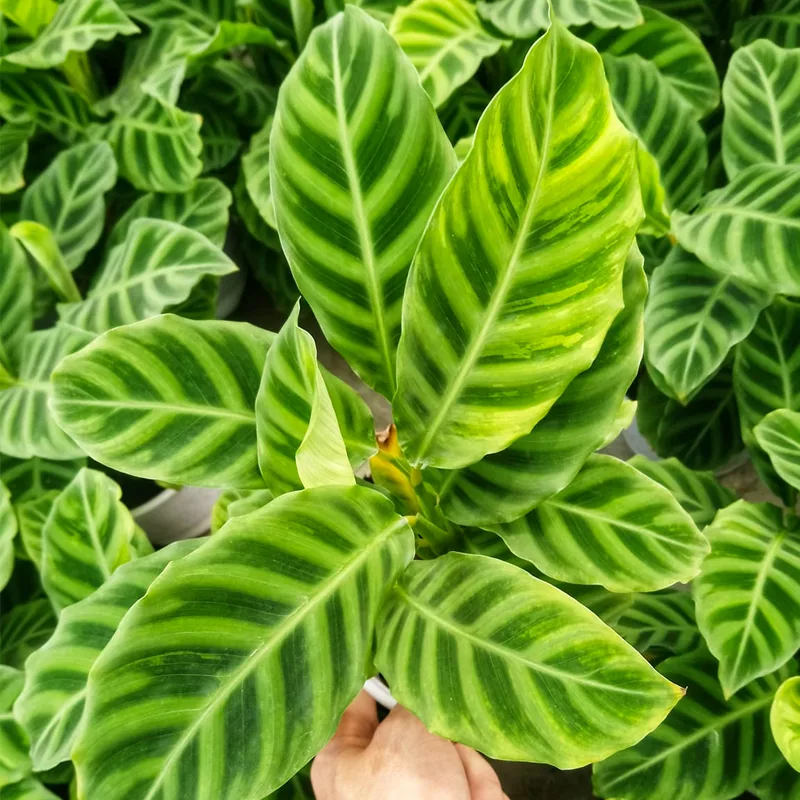The Butcher’s Broom and Its Kin: My Exploration of the Ruscus Genus
As a lifelong admirer of the natural world, I, Ferb Vu, find myself drawn to the unique and the unexpected. This fascination has led me to the Ruscus genus, a group of plants that challenge conventional notions of leaves and flowers belong to the Asparagaceae family. Often overlooked, these evergreen shrubs possess a subtle beauty and an intriguing biology that has captured my attention.
Unconventional Leaves and Hidden Flowers
What first struck me about Ruscus is the peculiar nature of its “leaves.” These flat, oval structures, often mistaken for true leaves, are actually modified stems known as cladodes. These cladodes perform the function of photosynthesis, effectively taking on the role of leaves. The true leaves are minute and scale-like, easily missed by the casual observer.
Adding to their unusual morphology, Ruscus plants bear their flowers directly on these cladodes. These small, greenish-white blooms often go unnoticed, but upon closer inspection, reveal a delicate beauty. In autumn, successful pollination gives way to vibrant red berries, providing a splash of color against the deep green backdrop of the cladodes.
A Diverse Family with Shared Traits
The Ruscus genus comprises several species, each with its own distinct characteristics. Here are:
- Ruscus aculeatus (Butcher’s Broom): Known for its hardy, evergreen nature and ability to thrive in low-light areas, Ruscus aculeatus is recognized by its distinctive cladodes—leaf-like structures that actually function as stems—giving the appearance of a dense, spiky foliage. Its bright red berries, often appearing in autumn, make it a popular choice for winter decoration, and it’s widely used for ground cover in shaded gardens.
- Ruscus colchicus: This species is native to the Caucasus region and exhibits similar characteristics to Ruscus aculeatus, with slender green cladodes and small white flowers that develop into small red berries. It’s less common in cultivation but prized for its resilience and ability to adapt to shaded, woodland environments, making it a suitable choice for naturalized garden settings.
- Ruscus hypoglossum (Spineless Butcher’s Broom): Distinguished by its spineless, softer-textured foliage, Ruscus hypoglossum is favored for its gentler appearance. Originating from southern Europe, it thrives in shade and is less prickly than other Ruscus species, making it easier to handle. This species’ light green cladodes provide a more refined look, while its seasonal berries add ornamental interest.
- Ruscus hypophyllum (Horse Tongue Lily): This Mediterranean species is notable for its broad, tongue-like cladodes, which have a lush, shiny appearance. Often used in floral arrangements due to its aesthetic appeal and long-lasting greenery, Ruscus hypophyllum thrives in shaded or partially shaded areas and, like other Ruscus species, produces bright red berries, creating a bold contrast with its deep green foliage.
- Ruscus hyrcanus: Native to Iran, Ruscus hyrcanus is less commonly cultivated but admired for its hardiness and tolerance of diverse soil conditions. This species has broad, shiny cladodes that are similar in appearance to Ruscus hypoglossum but exhibit a unique texture and resilience, allowing it to adapt well in both dry and shaded environments.
- Ruscus × microglossus: A hybrid species, Ruscus × microglossus blends characteristics of its parent species, often producing more compact, rounded foliage and denser growth. It is valued in landscaping for its adaptability and aesthetic appeal, combining the resilience and evergreen qualities that define the Ruscus genus with a somewhat more lush, rounded appearance.
- Ruscus × murtae: Another hybrid, Ruscus × murtae is characterized by its versatile growth and attractive foliage, making it an ideal choice for ground cover in low-light gardens. It offers the durability and minimal maintenance requirements typical of the genus, while its dense, dark green foliage provides a robust appearance that stands out in shaded areas.
- Ruscus streptophyllus: Known for its unique twisted cladodes, Ruscus streptophyllus brings an interesting texture and form to shaded garden areas. It’s often selected for naturalized woodland plantings where its evergreen, hardy nature can add year-round interest. Its small, red berries contrast attractively with the green foliage, making it an appealing choice for both ornamental and low-maintenance landscapes.
More Than Just an Ornamental Plant
Beyond their aesthetic appeal, Ruscus plants have a long history of practical use. As mentioned earlier, R. aculeatus was traditionally employed by butchers for cleaning. Its extracts have also been used in herbal medicine for their purported anti-inflammatory and vasoconstrictive properties.
In some regions, young shoots of Ruscus are consumed as a vegetable, similar to asparagus. The berries, though not widely consumed, are also edible and have a slightly sweet taste.
A Symbol of Resilience and Adaptability
For me, the Ruscus genus represents resilience and adaptability. Its ability to thrive in challenging environments, its unconventional approach to photosynthesis, and its diverse range of forms all speak to a remarkable ability to adapt and survive.
In a world facing increasing environmental pressures, the Ruscus serves as a reminder of the power of nature to innovate and persist. It is a testament to the diversity and ingenuity of the plant kingdom, and a source of endless fascination for those who take the time to appreciate its subtle wonders.
If i die, water my plants!



